
Community Spring Insights
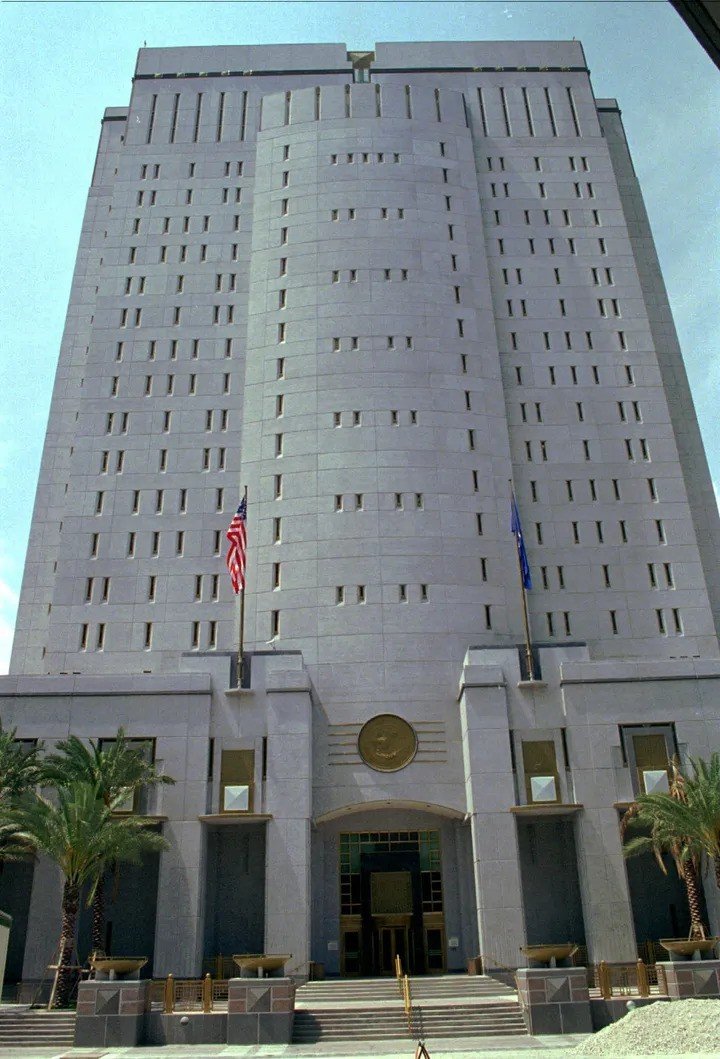
No One Should Be in a Cage
Every few weeks, I would wake up at 5:30 in the morning on a Saturday to drive an hour and a half to go visit my dad in prison. I would barely sleep each night before, riddled with a fear of missing my alarm and I remember feeling the anxiety in my body. The night blended into the morning while I would drive in the dark, trying to…

No Money Mo’ Problems: The Exploitation of Poverty in our Criminal Justice System
Back in 2020, Zach, a local resident, was given a citation for not having car insurance. He couldn’t afford to pay the fine which led to his driver’s license being suspended. He still needed to work in order to pay bills and survive, so he continued to drive. After getting busted two times for driving with a suspended license he served six months in the Alachua County jail. He now…

Rolling the Crisis Dice: Calling for Help During a Behavioral Health Crisis
I recently had the unfortunate experience of trying to get mental health support for someone very close to me. They were in an acute crisis. The co-morbidities included trauma history, brain trauma, and a history of addiction all exacerbated by recent loss. Trying to navigate the mental health system while they were in crisis was made all the more difficult by the fact that…
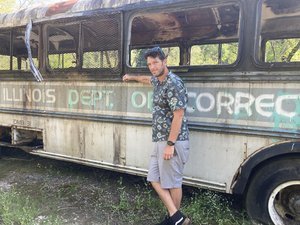
No Adults in the Room: My Journey Navigating the Mental Health and Carceral System
There is a unique problem in America - using cages as the answer to behavioral health concerns. Locally, there are over 1,000 beds available at the Alachua County Jail and only 35 at the rehab center. There are unlimited spaces in the criminal court, but in the mental health diversion court, where you may be connected to resources, they are limited to…
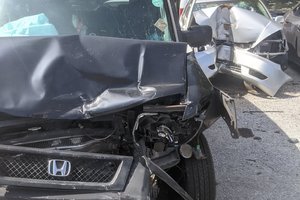
Love and Trauma: How we move through the world
Links Not Locks is a campaign focusing on the intersection between mental health crises and incarceration. I've seen time and time again that when folx are in crisis, they are met with force and stigma instead of the help and community support they need.
Last year, my life was filled with what seemed like a never-ending crisis triggered by a series of car accidents. After…
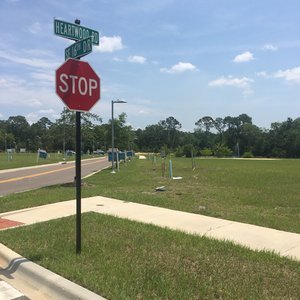
Reinvest in Housing: The GCRA and the Affordable Housing Crisis
Housing in our community is increasingly out of reach for many of our neighbors. There are about 19,000 people in our community who, after paying for the cost of housing available to them, are left with only about $25 per day for other expenses – that’s $175 per week for food, utilities, health and child care, transportation, everything…

Why the Pursuit of Happiness Is Always Political
I want you to imagine a scenario to keep in mind for the rest of this piece. Imagine you are satisfied with your life as a whole, whether this is a scenario about your hopes for the future or your life in the past or present…

Housing policy has failed, and continues to fail, Black and Latino People
As stated by David Von Drehle, “History is not just about the past. It also reveals the present.” This is clear when you consider how housing and race interact in our community and country. The United States was founded off the oppression, indoctrination, and enslavement of Indigenous and Black people. Throughout our nation’s history, Indigenous people, Black people, and other people of color have suffered at the hands of greed and apathy. Indigenous people were…
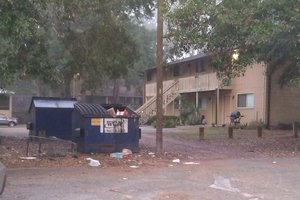
What Stats On Affordable Housing Won’t Tell You: Another Look at the Same Truth
If I told you the truth would you believe me? If by some chance you were to believe me, what would you be willing to do with that truth? Well, I’ve heard the truth and I believe it. Millions of people around the world, including myself, are living this truth everyday. One of the many things I'm doing is sharing my inside out perspective of this truth with the hope of opening eyes, ears, and minds to a truer telling of…
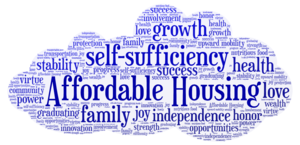
Shining A Light On Affordable Housing
Air, water, food, sleep, clothing, and shelter are all basic physiological needs. However, for many people, unaffordable rent means that they must prioritize shelter at the expense of their other needs. Food, health, safety--these are all things that we as Community Spring fellows have had to sacrifice to have a place to stay. Because of our backgrounds and our knowledge of other affected people, we decided that…
